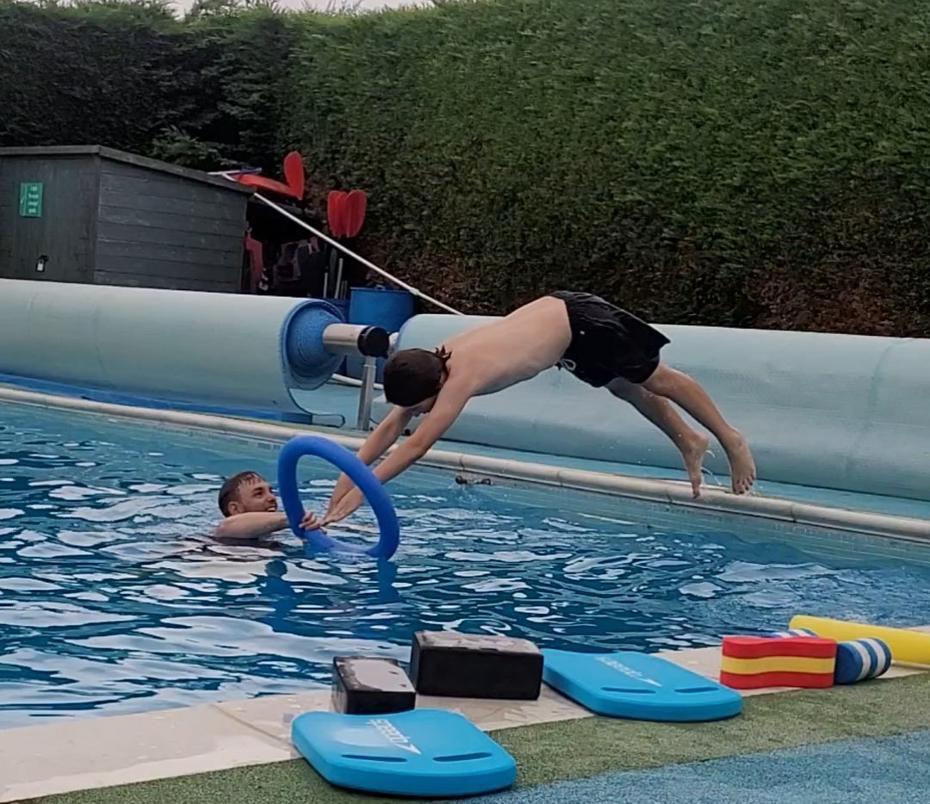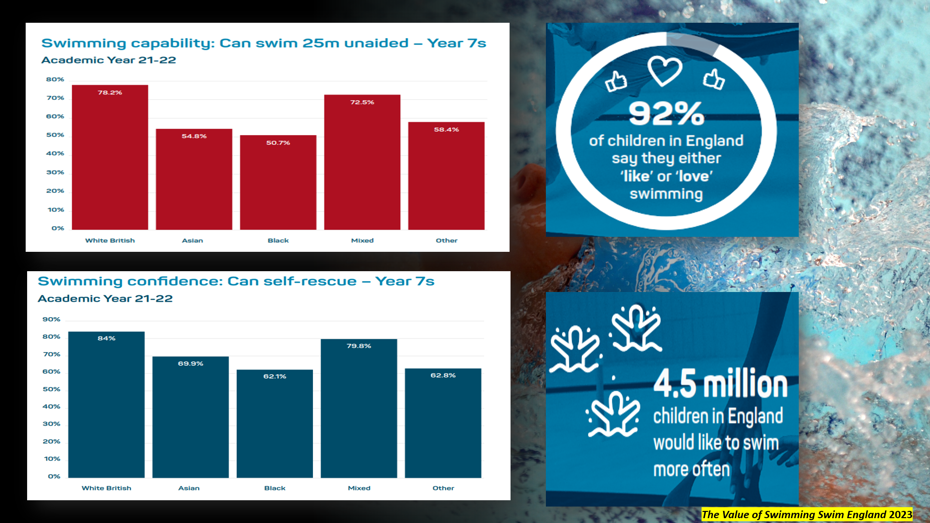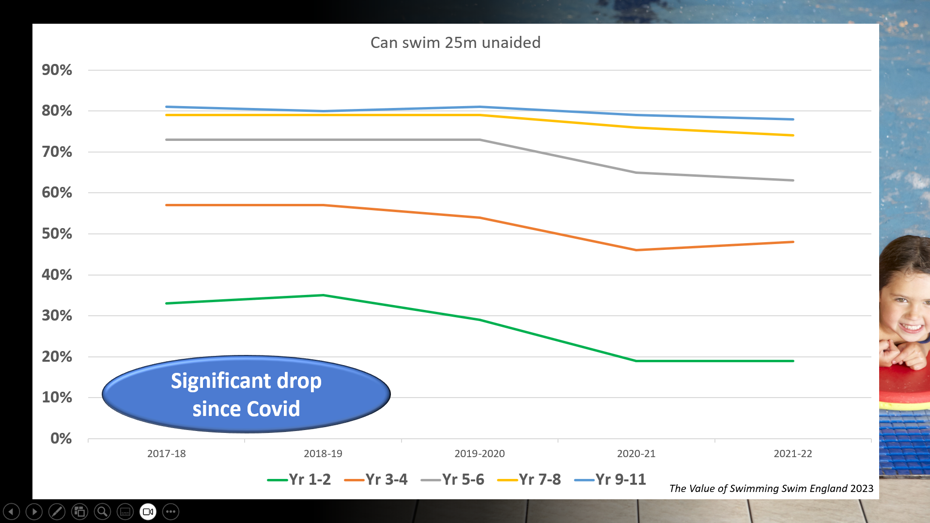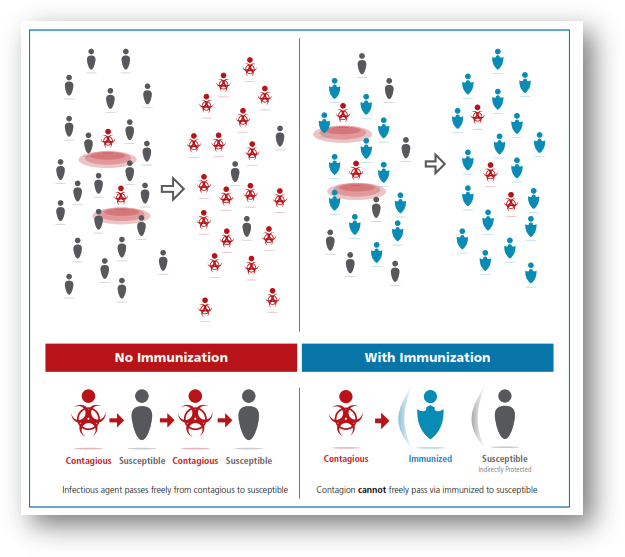
Every Child a Swimmer
Last year, across England, 76000 children left Primary School having never experienced even one swimming lesson in their lives. This is despite swimming being a mandatory part of Physical Education, a subject that is a statutory entitlement for all children.
Furthermore, of those children who transfer to secondary school at 11, 26% cannot swim. This rises to 49% for black children, 56% for Asian and 73% for children from poorest backgrounds!

In 2022, Ian Roberts, the Cambridgeshire CC specialist Physical Education Adviser flagged up the imminent crisis with swimming, and successfully secured funding from Public Health Cambridgeshire to subsidise an intervention programme to address this issue.
‘When children leave primary school unable to read or write at the appropriate level, this is identified, and gratifyingly interventions are put in place. If they cannot swim however, they have similarly not met a statutory level at the end of KS2, but this information is often not passed on. Unless a school has its own pool, no intervention happens. The evidence suggests School swimming is often the one and only opportunity for all children to learn to swim and know how to be safe in and around water. It’s likely that children who don’t learn to swim during primary school, will never learn this lifesaving skill’.
The Challenges imposed by Covid, exacerbated the issues, because many schools provided no swimming for children for 2 years or more, so meaning hundreds of children transferred to secondary school, would genuinely be unable to save themselves should they fall into water.

The Cambridgeshire ‘Every Child a Swimmer’ project in 2022/23, where nearly 400 Year 7 children, across Cambridgeshire secondary schools accessed subsidised swimming lessons. All of these were identified as non-swimmers by their schools, and a significant number attended swimming lessons with partner swimming providers across the county during the holidays.
In 2023, this project has continued, and already during the summer holidays, 86 families have been able to access swimming lessons paid for by this project. It will continue into 2024, and schools are encouraged to contact Ian for further details about how to access this programme. This can be via lessons run by the school itself’
‘Fundamentally, as a parent, it breaks my heart every time there is a news item telling us of a young person who has lost their life in water. My ambition as the county lead for PE and School Sport is to make all of our children safer in and around water, and if this project has saved even one life, then it has been a success’.
Contact Ian Roberts for further information PE.Adviser@cambridgeshire.gov.uk
Herd immunity in an aquatic environment
If a group of weak swimmers go swimming together, and a some become distressed and begin to panic (we will call them “contagious”), there is a good chance they “infect” other weak swimmers in the group who lack the competence, confidence and understanding (“susceptible”) who try to save them, which could lead to a mass drowning.

However, if even a few competent, confident and knowledgeable swimmers (“immunised”) are in the group, they can be the ones to save the contagious as they become distressed, and in doing so, indirectly protect the susceptible by coming between them and the danger.

